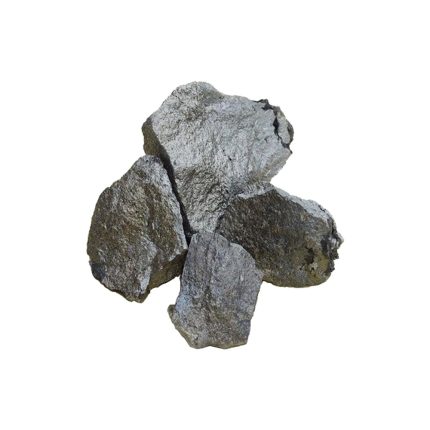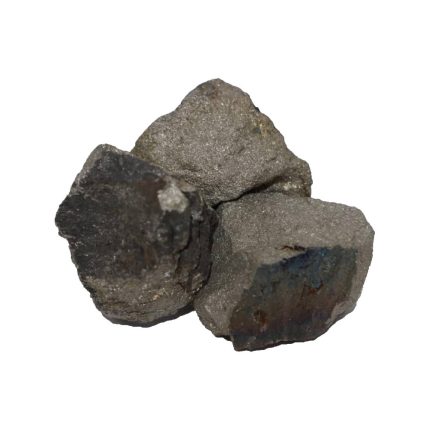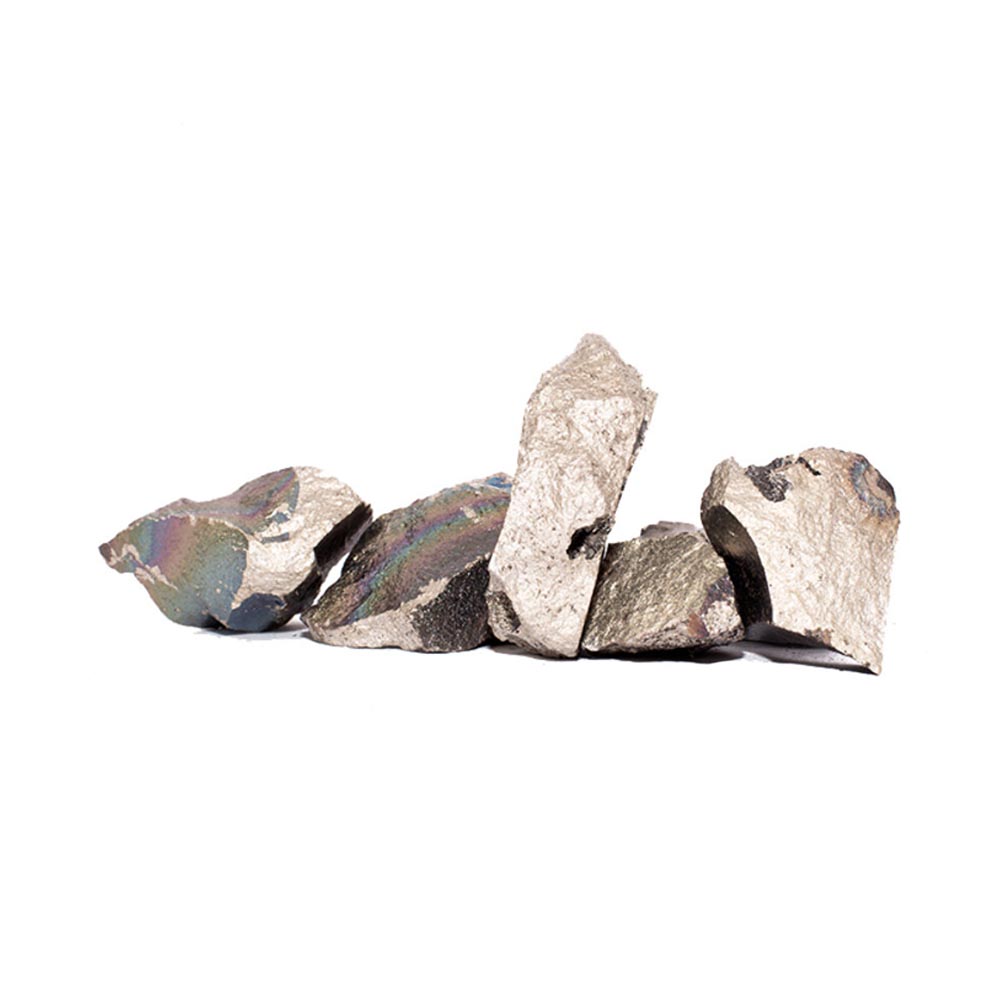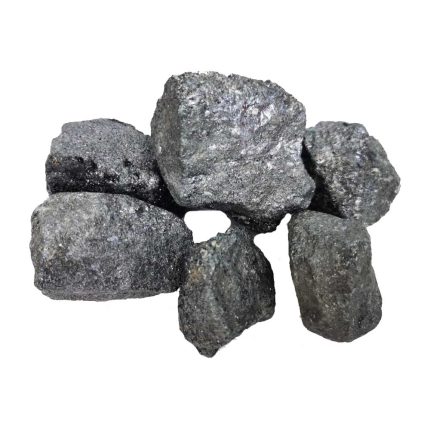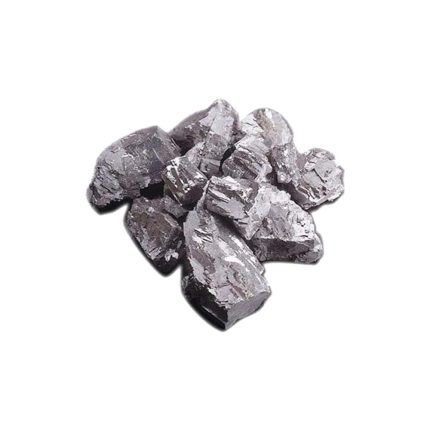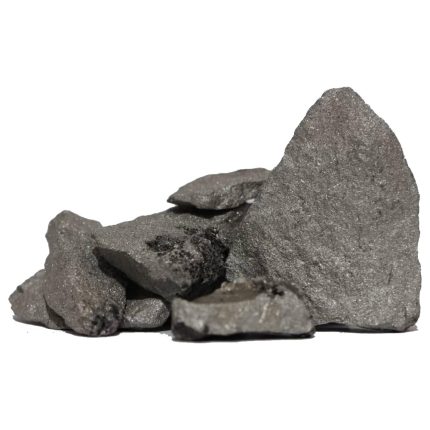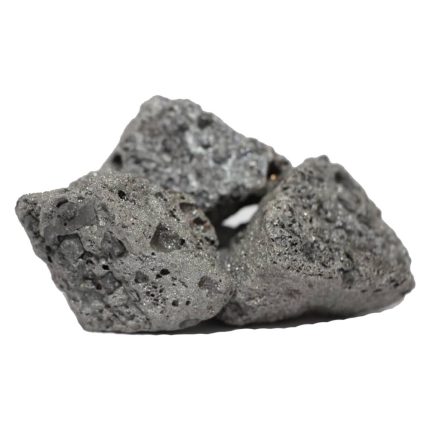The use of LCFeMn in steelmaking helps to reduce the carbon content of the final product, which can improve its mechanical properties and resistance to corrosion. Additionally, LCFeMn can help to remove impurities such as sulfur and oxygen from the steel, improving its overall quality.
LCFeMn is commonly used in the production of high-strength low-alloy (HSLA) steel, which is used in a variety of applications such as automotive manufacturing, construction, and shipbuilding. Its use also helps to reduce the environmental impact of steel production by lowering carbon emissions and conserving energy.
Here’s some additional information on low carbon ferromanganese:
- LCFeMn is typically produced in electric arc furnaces or blast furnaces. The production process involves melting the raw materials in the furnace and then casting the molten alloy into various shapes such as ingots or granules.
- The low carbon content of LCFeMn makes it an attractive alternative to high carbon ferromanganese (HCFeMn) in some applications. HCFeMn contains more than 1% carbon and is used primarily as a deoxidizer in steelmaking.
- In addition to its use as a deoxidizer and desulfurizer, LCFeMn can also be used as a grain refiner in the production of iron and steel. Grain refinement improves the mechanical properties of the final product by making the grain structure more uniform and reducing the size of the individual grains.
- LCFeMn is also used in the production of other alloys such as austenitic manganese steels, which are used in mining equipment and railroad components due to their high toughness and wear resistance.
- The global market for LCFeMn is expected to grow in the coming years due to increasing demand for steel in developing countries and the growing focus on energy conservation and environmental sustainability in the steel industry.

